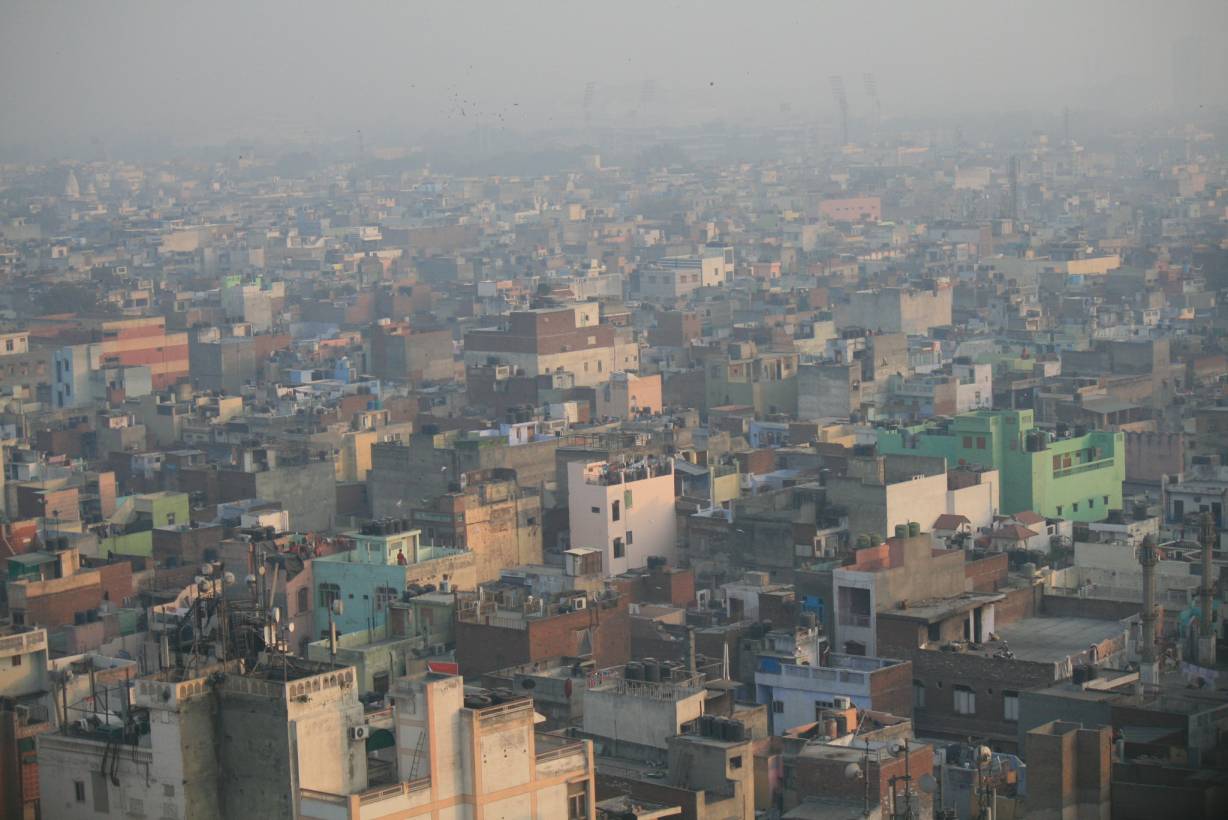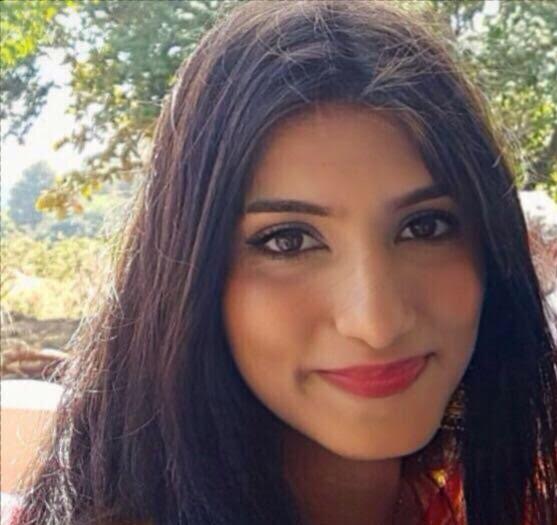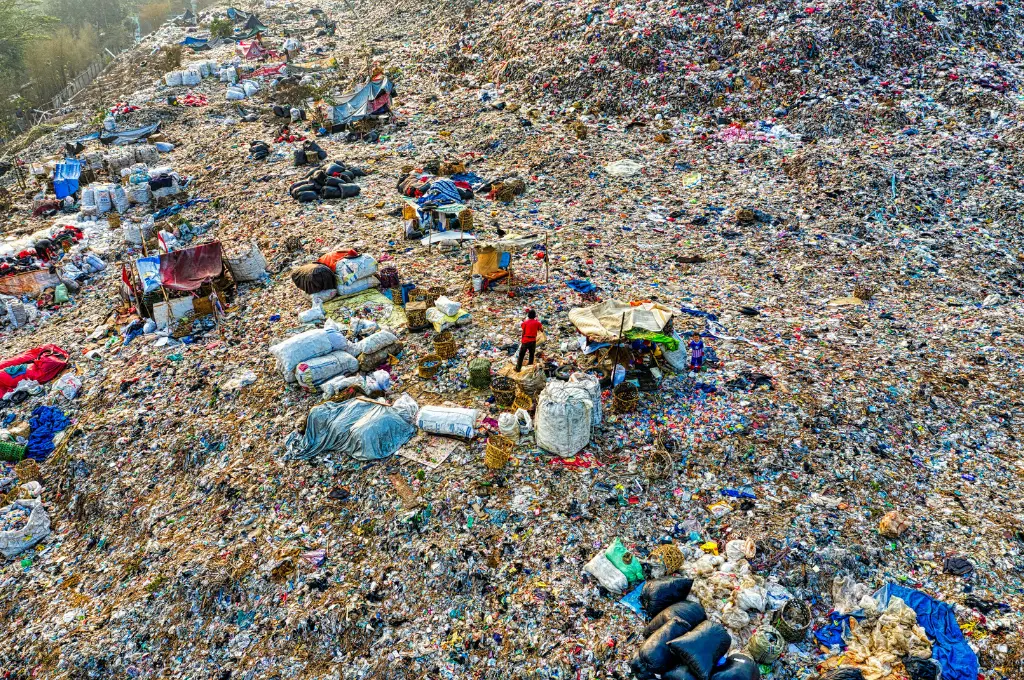Over the past few years, worsening air quality in India—and in north India specifically—has awakened policy makers and civil society to take urgent action.
There have been some efforts to address air quality, specifically the National Clean Air Programme (NCAP), which was launched in January 2019 with the aim of improving air quality standards by 20-30 percent over the next five years. While this has been a positive step, we not only need a more ambitious agenda, but also a strong compliance framework that ensures accountability to the targets we have set.
With growing congestion in cities—a trend which is only likely to increase—we need to also look at the transport sector, especially at a time when infrastructure investments such as the Mumbai Coastal Road Project do little to factor in environmental impacts. It is no surprise that fewer cars on the road mean less traffic, less time on the road, and therefore less air pollution exposure.

The fight for the right to cleaner air in India is unique and important because it is not championing one solution, or one approach.
Despite how much needs to still be accomplished, we have come a long way in the past few years. We are now in a place where we are starting to get the science and technology right, in terms of monitoring air quality and understanding the impact it has on our lives. We have more data and evidence than ever before; now we must focus on enabling its use to identify and implement solutions.
The fight for the right to cleaner air in India is unique and important because it is not championing one solution, or one approach. That a diverse cross-section of players has chosen to stand up and take action underlines the fact that no one is protected, and everyone has a responsibility. What we need today is greater urgency and action to ensure clean air in our homes, villages, and cities. The development sector, especially foundations and philanthropists, have a unique role to play given their varied expertise and backgrounds.
To start with, here are the four most important ways Indian philanthropists can get involved
Related article: 10 things you didn’t know about India’s air quality
The current lack of effective monitoring and measurement is a peculiar issue within air pollution, and it is also one of the areas where funders can play a meaningful role. This can take a few forms:
a) Monitor air quality

In India, according to estimates, we require around 4,000 continuous monitoring stations to give us an accurate picture of the air pollution problem—2,800 in the urban areas and 1,200 in the rural areas. Currently data, when available, comes from a little over 600 manual stations and less than 100 continuous monitoring stations. Funding a data gap like this could go a long way in starting to solve the air quality issue in India, because better data generation means better informed people and policies. More importantly, it is a fundamental human right of any citizen to have access to information on the quality of air they are breathing.
b) Identify pollution sources
Mumbai’s air pollution problem is a good case in point. The relatively clear skies of today’s Mumbai create the perception among residents that air quality can be a low priority. Yet, a study released by the Centre for Science and Environment (CSE) in December 2019, stated that Mumbai’s air has the highest concentration of PM10 out of 24 cities in peninsular India. In many parts of the city, Air Quality Index (AQI) readings frequently register 24-hour averages of between 120 and 300, classified anywhere between unhealthy and hazardous.

The current lack of effective monitoring and measurement is a peculiar issue within air pollution. | Picture courtesy: Flickr
Worse still, is that we don’t have a clear enough picture on what’s causing these numbers. We know the pollutants—the result of construction, road works, waste burning, industrial activity, fires, vehicular emissions, and so on—yet, attributing exact data around source contributions is complicated. The information needs to be analysed in real time and requires more monitoring infrastructure for more granular data collection.
c) Assess health and economic impacts
The Global Burden of Disease analysis released in November 2017, for instance, identified air pollution, both outdoors and in households, as the second most serious risk factor for public health in India, after malnutrition, contributing to 6.4 percent of all healthy years of life lost (Disability Adjusted Life Years) in 2016. According to the World Bank, India lost over 8.5 percent of its GDP in 2013 due to air pollution. Anumita Roychowdhury of the Centre for Science and Environment says, “If you add up the number of years we are losing because of illness, because of the productive time, all of these are coming at huge economic costs.”
Today, we know that there are health and economic consequences of poor air quality, but we don’t have a comprehensive picture, one that allows us to truly assess the impact and to mobilise action accordingly.
Related article: Air pollution—We aren’t doing enough
a) Elevate impactful stories
People are at the heart of the air pollution epidemic. We need to increase communication efforts to drive citizen engagement through impactful storytelling. Here, philanthropy can play a crucial role in increasing public awareness by supporting targeted campaigns that spread information around the health impacts of air pollution. Importantly, we must encourage communication that showcases how short-term investments in clean air have a long-term effect on reducing expenditure on healthcare in the future.
b) Advocate for policy change and regulation
There is still a lot of work left in terms of getting the right message to the right audience set. We need an increased effort in communicating not just the problems that arise as a result of air quality, but what the solutions are. This would help bridge the disconnect between the work specialists are doing in the field and the actionable insights that arise from it, which can influence decision makers. Citizens too, need to be better informed so they know how to demand that their elected officials make clean air a priority. These efforts—bringing data and evidence from specialists to decision makers and growing public demand for clean air—can together play a role in policy change and more effective regulation.
c) Build movements
Lastly, there is still a great need to create consistent, crisp, and relatable public messaging around the effects of air pollution. Not only would this help avoid confusion around the problem, it would also increase the urgency for action. Take for instance, the Save the Tiger campaign. They focused their communications on just one number—1,411, which was the number of tigers left in the world. This was enough to inspire urgency and action. Compelling messaging like this does not exist in the air quality debate right now. There is a need for innovative communication strategies to reach the masses—we need to leverage social media, influential personalities, and the press—so that people are empowered with the right knowledge and tools for action. This will allow the air quality crisis to grow into a movement.
a) Strengthen enforcement capabilities
Many parts of India are experiencing air pollution at hazardous levels. Yet, pollution control measures are at best reactive and ad hoc. The courts, and now the central and state governments, have set up various committees, designed action plans and schemes, and issued prohibitory orders in order to address the crisis at hand. But these measures to regulate and control emissions are incomplete.
This is where philanthropy and policy can go hand in hand. Directing funding to address specific problems has limited impact if the lessons learned are limited to grant recipients, and not disseminated for the greater good. Foundations are often in a prime position to impact policy because of their influence and networks. There is a need to support a variety of efforts, including analysing and recommending policy, providing technical assistance to government bodies, and strengthening enforcement capabilities.
b) Boost innovation
There are many ways in which philanthropy can boost innovation, some of which include supporting:
- The design and implementation of financial products that incentivise retro-fitting polluting technologies
- Urban plans that reduce transportation pollution
- Research and development for alternate large-scale uses for pollution in the air, or agricultural residue which is otherwise burned and causes pollution
Lastly, donors can play an important role in facilitating collaboration, be it between implementing organisations, academics, practitioners, government departments, the public and private sectors, and so on.
Provided we choose to step into the ring, this is a fight we can most definitely win in our lifetimes.
Doing so involves not only working towards getting a larger community of diverse stakeholders involved, but also helping them to collaborate at local and other levels of administration. For example, the NCAP is not connected to the work of the pollution control board in every state—bridging this gap would enable resources to be pooled together, instead of having people working in silos, on overlapping or similar issues. Similarly, donors can collaborate—for instance, a foundation with expertise in air pollution can work with another focused on maternal and newborn health, given the inter-linkages between both areas.
The general adage for philanthropy is that donors shouldn’t limit themselves to issues they can influence during their lifetimes. We are learning that we need to let go of our compulsion to see the change we seek. But in the case of the air quality crisis, the opposite is true. Provided we choose to step into the ring, this is a fight we can most definitely win in our lifetimes. The time for us to act together is now, because every breath we take depends on it.
—
Know more:
- Learn about what AQI is and how it is measured.
- Understand how air pollution is linked to impaired judgement, mental health problems, poorer performance in school, and higher levels of crime.
- View this one-page infographic on why climate change is important for Indian philanthropy.
Do more:
- See how the world’s most polluted air compares with your city’s.
- Check out the India Climate Collaborative, an India-focused collaborative that seeks to direct funding and visibility towards climate action in India.





